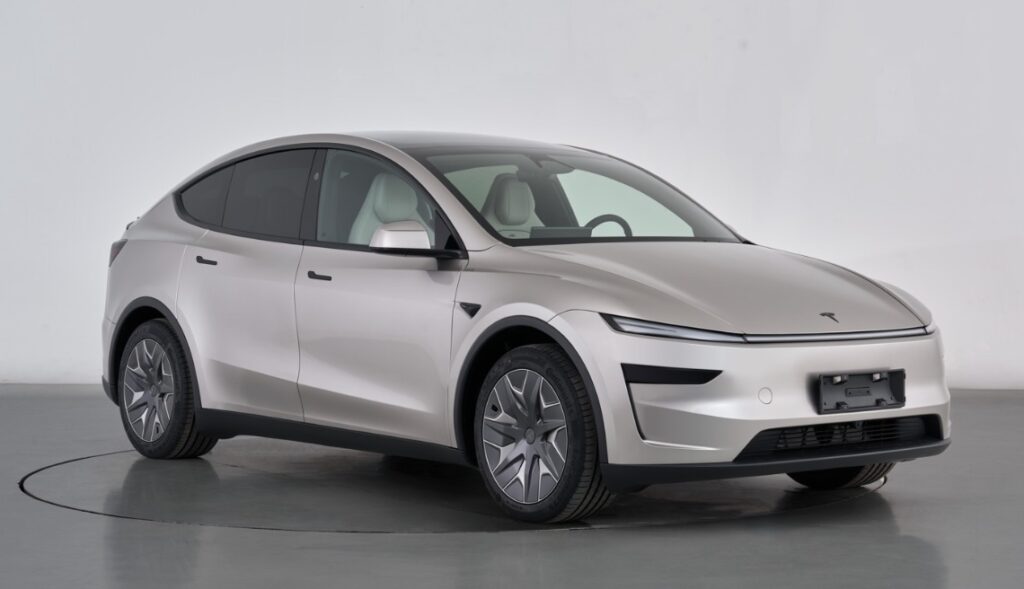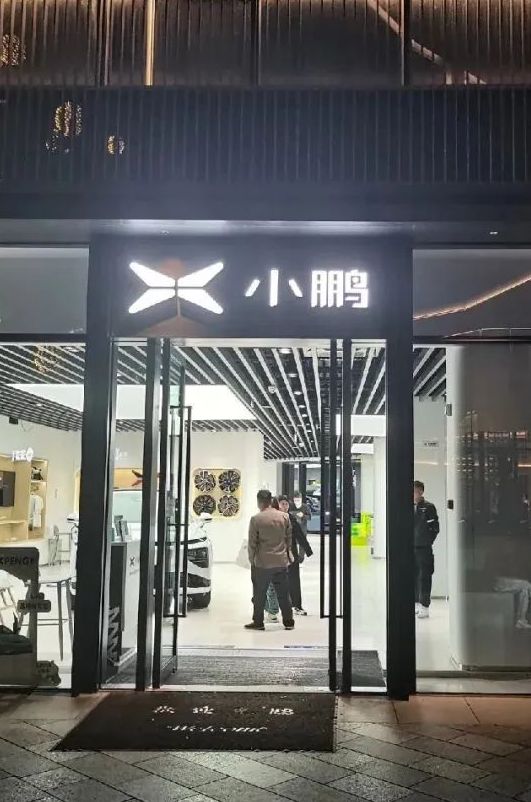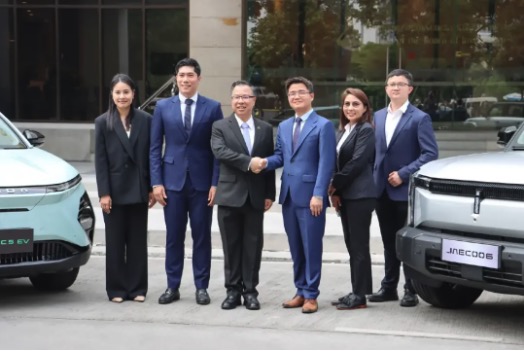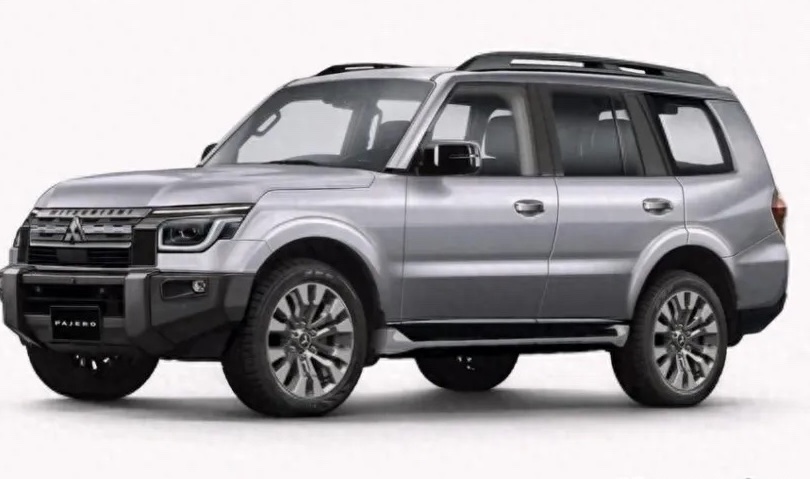On July 23, Tesla released its latest quarterly financial report. The report revealed that Tesla’s total revenue for the first half of the year was $41.8 billion, a decline of 11% year-on-year. In the second quarter, Tesla achieved revenue of $22.496 billion, a 12% year-on-year decrease. This marks the largest quarterly revenue drop for Tesla in the past 10 years. The net profit for the first half of the year dropped 30% year-on-year to $2.327 billion, compared to $3.348 billion during the same period last year. In the second quarter, net profit was $1.172 billion, a 20.7% decline year-on-year. It is worth noting that as of June 30, 2025, Tesla’s cash reserves were $36.8 billion, and its free cash flow (cash after deducting operating and capital expenditures) was just $100 million.

As Tesla’s most important business, the automotive revenue for the first half of the year was $30.6 billion, an 18% year-on-year decrease. In the second quarter, automotive revenue was $16.661 billion, a 16% year-on-year decline. This marks two consecutive quarters of year-on-year declines in vehicle deliveries. The drop in Tesla’s second-quarter and half-year performance is related to car sales. In the first half of the year, Tesla delivered 720,800 vehicles, a 13.2% decrease from the previous year, with 384,000 delivered in the second quarter, also a 13% year-on-year decline. Tesla stated that the macroeconomic environment continues to show instability due to factors such as changes in U.S. tariff policies. The decline in second-quarter revenue was mainly driven by reductions in vehicle deliveries, average vehicle prices, and regulatory credit income.
Tesla CEO Elon Musk mentioned during the earnings call that Tesla is going through an “unusual transformation period.” The company lost U.S. electric vehicle sales incentives and is likely to face “several tough quarters,” but the situation will improve significantly afterward. Some analysts believe Tesla’s performance decline is linked to U.S. President Trump’s new policies. Under the “Big and Beautiful” bill, Trump decided to end the $7,500 tax credit for new electric vehicle purchases starting September 30, 2025, which led to a dispute between Musk and Trump. Tesla confirmed that orders placed after the end of August may not benefit from the EV tax credit, and Trump’s spending bill and tariffs will harm demand.
As one of Tesla’s key markets, the Chinese market also saw a decline in sales, with a 5.4% year-on-year decrease to 263,400 units, compared to 278,300 units in the same period last year. Among these, the Model Y sold 171,500 units, ranking third in domestic models, surpassed by Geely Xingyuan and BYD Seagull. However, it remains the best-selling SUV, while the Model 3 sold 91,900 units.
To counter the sales pressure in the Chinese market, Tesla has taken a series of measures to reverse the decline. In terms of products, Tesla began updating and optimizing its models. On July 16, Tesla China announced the launch of the extended Model Y in the Chinese market, a six-seat version scheduled for release in the fall. According to data from the Ministry of Industry and Information Technology, the Model Y L has dimensions of 4976/1920/1668mm with a wheelbase of 3040mm. Compared to the five-seat version, the Model Y L has increased dimensions, with a length increase of 179mm, a height increase of 44mm, and a wheelbase increase of 150mm. The new model will feature a 2+2+2 seating layout. Currently, Tesla’s Model Y in China is only available in a five-seat version, priced at 263,500 and 313,500 CNY. The six-seat version will have three rows of seats, offering comfortable space for all family members. Ideal Auto has gained market recognition by emphasizing the family concept, but the Chinese auto market is no longer as favorable as in previous years. It will be challenging for the Model Y L to replicate the popularity the Model Y had when it was first manufactured locally. One reason is that Tesla’s pricing is not cheap, and another is that domestic six-seat models, such as the Ledo L90 and Li Auto i8, are also strong competitors to the Model Y L.
In addition, Tesla’s more affordable models have already begun production at its U.S. factory and will go into mass production in the second half of the year. A new compact SUV has been spotted at Tesla’s California factory, smaller than the Model Y and possibly the rumored budget Model Q, signaling that this model will be closer to launch.



